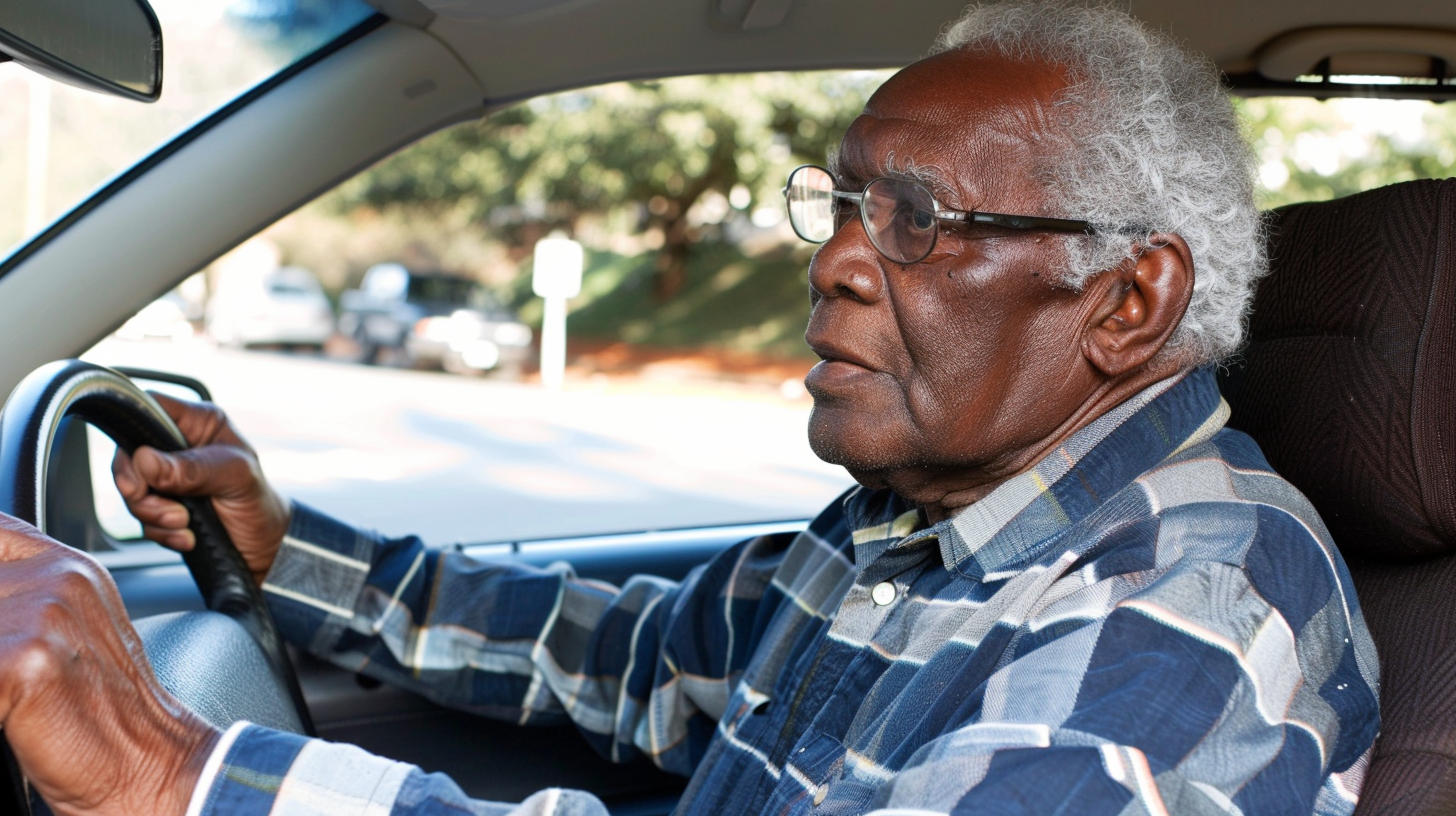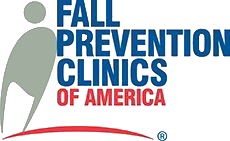
Senior Home Care in Itasca IL
Many aches and pains are common with age, such as low back pain, which is among the most common complaints among seniors. Taking care of low back pain can significantly improve the quality of life for seniors, regardless of the cause—aging, arthritis, or other underlying conditions. Additionally, readiness becomes crucial when doctors advise an MRI to look into the cause of the pain. With senior home care and loved ones by their side, seniors can gain the knowledge they need to manage their back pain and prepare for an MRI if needed.
Understanding Low Back Pain
It’s important to understand low back pain and its possible causes in seniors before diving into tips and tricks. There are several possible causes of low back pain, including:
- Age-Related Degeneration: Facet joint arthritis and disc degeneration are two examples of the degenerative changes that occur in the spine with age.
- Osteoporosis: Seniors are more likely to develop osteoporosis, a condition that weakens bones and can cause spinal compression fractures.
- Muscle Strain: Straining the muscles and ligaments of the lower back can cause pain and discomfort due to overuse or incorrect lifting techniques.
- Spinal Stenosis: This disorder is characterized by a narrowing of the spinal canal, which frequently compresses the spinal nerves and causes lower back and leg pain, numbness, or weakness.
Helping Seniors Handle Low Back Pain
Senior home care can encourage seniors to focus on the tips below to help manage their back pain:
- Remain Active: Even if seniors are only able to complete mild workouts and exercises, these will still enhance strength and flexibility. Activities like yoga, swimming, or walking help preserve range of motion and lessen lower back stiffness.
- Focus on Posture: It’s important for seniors to maintain good posture when they are standing, sitting, and lifting things. The lower back can also be less stressed by using ergonomic accessories and supportive chairs.
- Use Cold or Heat Therapy: Applying heat or cold compresses to the back can help relieve low back pain temporarily by lowering inflammation and easing tense muscles.
- Use Relaxation Techniques: Tension and stress can make low back pain worse. Seniors can reduce stress and promote muscle relaxation by exploring relaxation techniques like progressive muscle relaxation, deep breathing, and meditation.
Preparing Seniors for an MRI
It’s normal for seniors to be nervous or unclear about the process when medical professionals advise an MRI to identify the underlying cause of low back pain. The following advice, along with support from senior home care, will help them get ready:
- Education: It’s important to reassure seniors that magnetic resonance imaging (MRI) is a safe, non-invasive diagnostic method that produces detailed images of the spine. At the same time, be sure to respond to any worries or inquiries they might have regarding the process.
- Explore Claustrophobia Issues: A claustrophobia-stricken senior may be nervous about having an MRI. The medical team and senior home care can also talk with seniors about sedation options available if necessary, as well as open MRI machines, to help them deal with their claustrophobia during the procedure.
- Wear Loose Clothing: Seniors should dress comfortably in loose clothing and avoid wearing jewelry or metal objects that could obstruct the scan.
Treating low back pain in seniors calls for a comprehensive strategy that includes dietary changes, therapeutic interventions, and, if needed, medical imaging. Seniors can better manage their low back pain and get ready for an MRI by using the tips and tricks above, as well as lending on senior home care and loved ones for support.
Sources:
https://www.spine-health.com/conditions/lower-back-pain/general-remedies-low-back-pain
https://health.clevelandclinic.org/back-pain-your-spine-and-father-time
https://www.signespine.com/blog/the-reality-of-lower-back-pain-in-older-adults


















